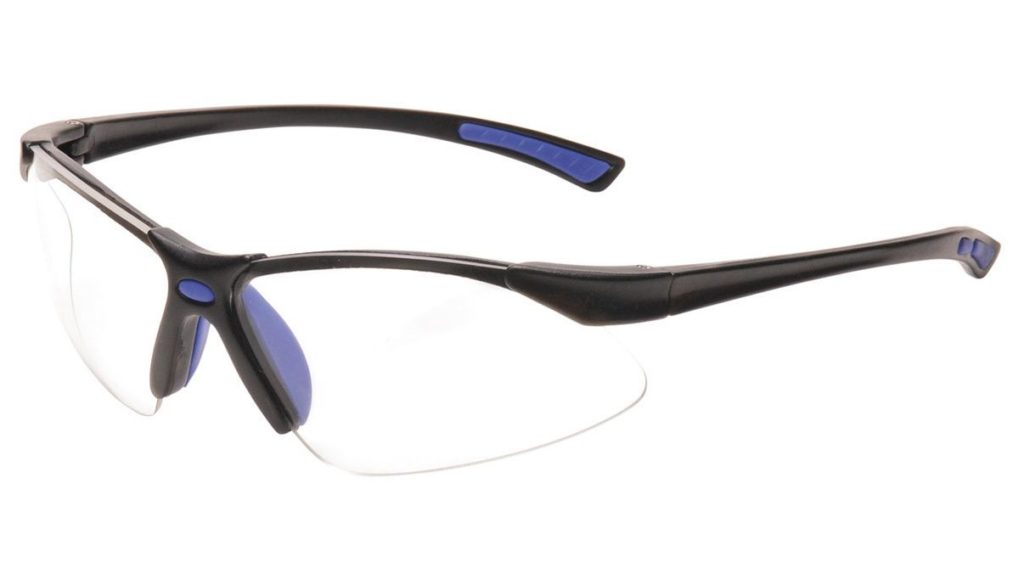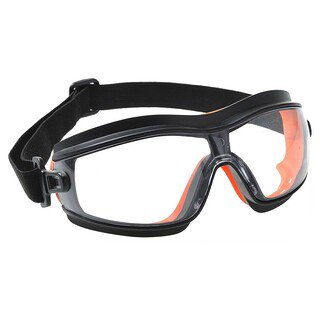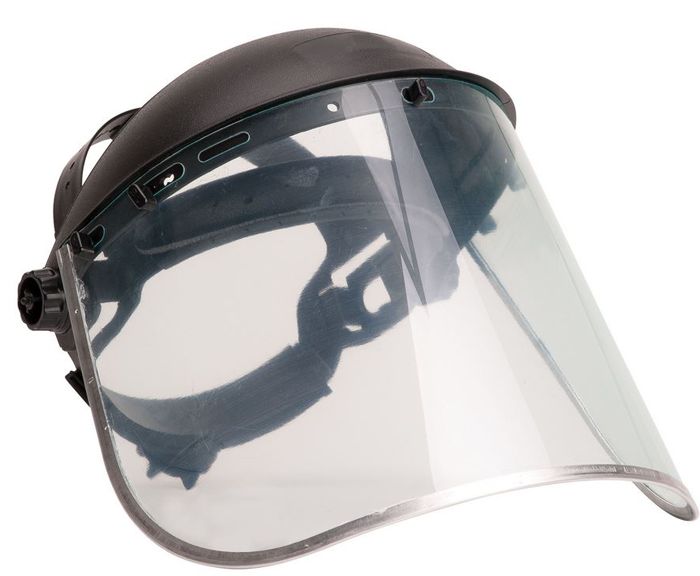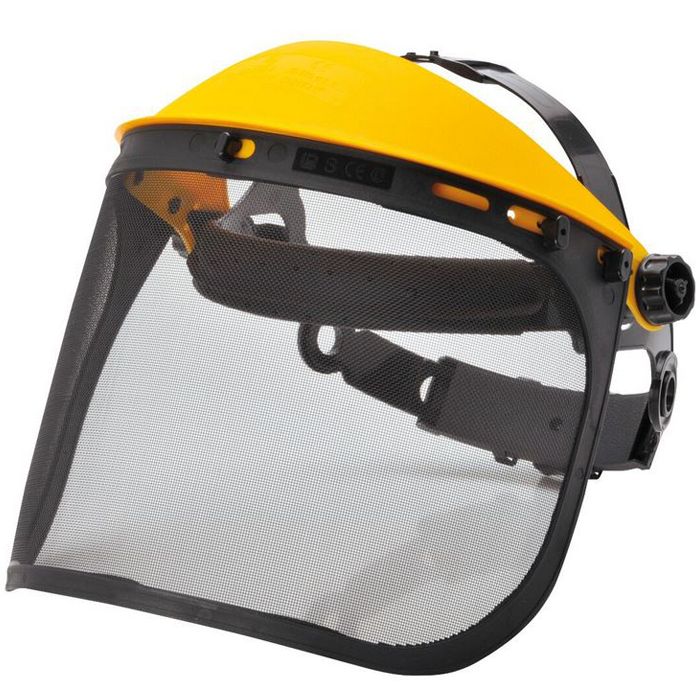What Types of Protective Eyewear Do You Need?
Personal protective equipment is essential for anyone working in hazardous conditions, and it is a legal requirement that employers protect their employees from harm. Other safety measures should be introduced first to protect your employees and PPE used as a last resort.
Eye safety is paramount for those who work with glass, debris, chemicals, or mechanical parts that could break. As a result, you can prevent eye injuries by wearing the correct protective eyewear.
Sunglasses and/or prescription glasses are not suitable because these are not designed to protect eyes from splashes or impact. To help you choose the best protective eyewear for your job, here are some factors you need to consider and the four safety eyewear available.
- Page Contents
- What Are You Protecting Against?
- Types of PPE Eyewear You Can Use
- Safety Standards
- Lens Material
- Replacement Rates and Maintenance
- Fit Test
What Are You Protecting Against?
- Chemical or metal splash
- Molten metal
- Dust
- Projectiles
- Impact
- Gas and vapour
- Radiation
Types of PPE Eyewear You Can Use:
1. SAFETY SPECTACLES (CLEAR OR TINTED SAFETY GLASSES):
- Clear lens provides standard protection
- Amber lens removes blue light for low-light environments
- Grey and brown lens SCT protect from sun glare, UV rays, and impact
for outdoor use - Can have metal or plastic sides
- Prescription lenses available
- Side available for more than impact protection
Safety glasses are used for general eye protection and protect against flying objects. For instance when using in a laboratory, safety glasses need eye shields.
The safety rating means that the lenses are tested to withstand the impact of ¼” steel ball at 150 fps (feet per second).
Who uses them? Industries that need low impact protection, but not from smaller particles that can travel around the glasses.
2) GOGGLES / OVERSPECS:
- Encase the area surrounding eyes
- For areas with dust and airborne debris.
- Some have features such as anti-mist, anti-scratch lenses, and adjustable straps.
- Provide complete eye protection
- Can wear with glasses
- Only available in clear lenses
- May be rigid or flexible
Workers use overspecs when they need more than impact protection. When working in laboratories, manufacturing, and construction, these safety goggles are a must if the worker wears prescription glasses.
The goggles are available in direct, indirect, or non-ventilated types suitable for your requirements.
3) FACE SCREENS / FACE SHIELDS:
- Heat, chemical, and impact resistance without impairing vision
- Protect from flying fragments, objects, large chips, and particles
- Made from different transparent materials
- Vary in thickness
- Thickness corresponds with task
Face Screens are used as secondary protection with safety glasses or goggles. Therefore, it is important to know that they do not protect eyes from impact hazards.
Who uses them? Manufacturing industry, medical industry (for example, when exposed to infectious substances), police (riot protection), construction (debris or sparks), welding (metal spray).
4) VISORS / BROWGUARDS:
- Protects wearer from the front
- Visor fits into headband to shade or protect eyes
- Can be clear or tinted
- Can be attached to safety helmet
Who uses them: Industries with high-velocity impact, chemicals, and heat.
Visors and browguards are worn together and provide complete face protection from chemical splashes, molten metal, and high velocity impact (from cutting and grinding).
Note: The eye protection you choose must have the right combination of protection for the user and fit properly.
Eyewear Safety Standards
Here are some European Standards for Protective Eyewear EN:
(Exemptions for nuclear radiation, x-rays, laser beams, and low temperature infrared).
- 166: Requires eye protection in industries with potential eye hazards,
or anything likely to impair or damage vision. - 170 Ultraviolet filters.
- 171 Infrared filters.
- 172 Sun glare filters for industrial use.
- 175 Eye and face protection during welding.
Lens Material in Safety Eyewear
You will need to choose the protective eyewear you will need and consider the different lens materials.
Glass:
- Not easily scratched
- Can be heavy and uncomfortable
- Fog easily
Plastic:
- Lighter than glass
- Less likely to fog
- Not as scratch resistant
Polycarbonate:
- Lightweight
- Not likely to fog
- Stronger than glass or plastic
- More impact resistant
- Not as scratch resistant
Replacement Rates and Maintenance
Regardless of their condition, safety glasses should be replaced at least every three years. If they are damaged, scratched, pitted, broken, bent, or ill-fitting, they do not provide protection.
You can replace damaged parts with the original manufacturer parts only to ensure the same safety rating. Clean your protective eyewear daily following the manufacturer’s instructions.
For instance, to clean your safety glasses you can blow loose dirt and debris from the lenses; rinse under running water (with or without detergent); or use lens cleaning wipes or spray.
Most importantly, avoid rough handling as scratches impair vision and weaken lenses. Prevent this by storing your protective eyewear in cases or another clean, dry place to avoid scratching, falling, or being trodden on.
Safety Eyewear Fit Test
For safety glasses/goggles:
- Eye size, bridge size, and temple length vary; glasses should be individually fitted.
- Temples should fit comfortably over the ears.
- The frame should be as close to the face as possible with adequate support on the bridge of the nose.
- Choose based on colour of lens and comfort.
- Glasses / goggles should fit close to the face to minimise gaps.
- Find a style comfortable to wear.
For Visors and Browguards/Face Screens/Face Shields:
- Adjust browguard to fit comfortably but snugly on head (many come with
adjustable headgear)
Conclusion
The eyewear you should buy to protect your on-site employees depends on the hazards they face and their needs (comfort, fit, colour, and lenses). Above all, remember that it is better to over protect than under protect. If that means safety goggles and visors, then make sure that everyone’s eyes are shielded appropriately.
- How Long Does PPE Last? (Probably Not As Long As You Think) - 12th March 2025
- BSIF Issues Urgent Warning: 90% of PPE from Non-Registered Providers Fails Safety Tests (2025) - 10th February 2025
- Understanding UK Safety Standards for Respiratory Protection - 14th October 2024










